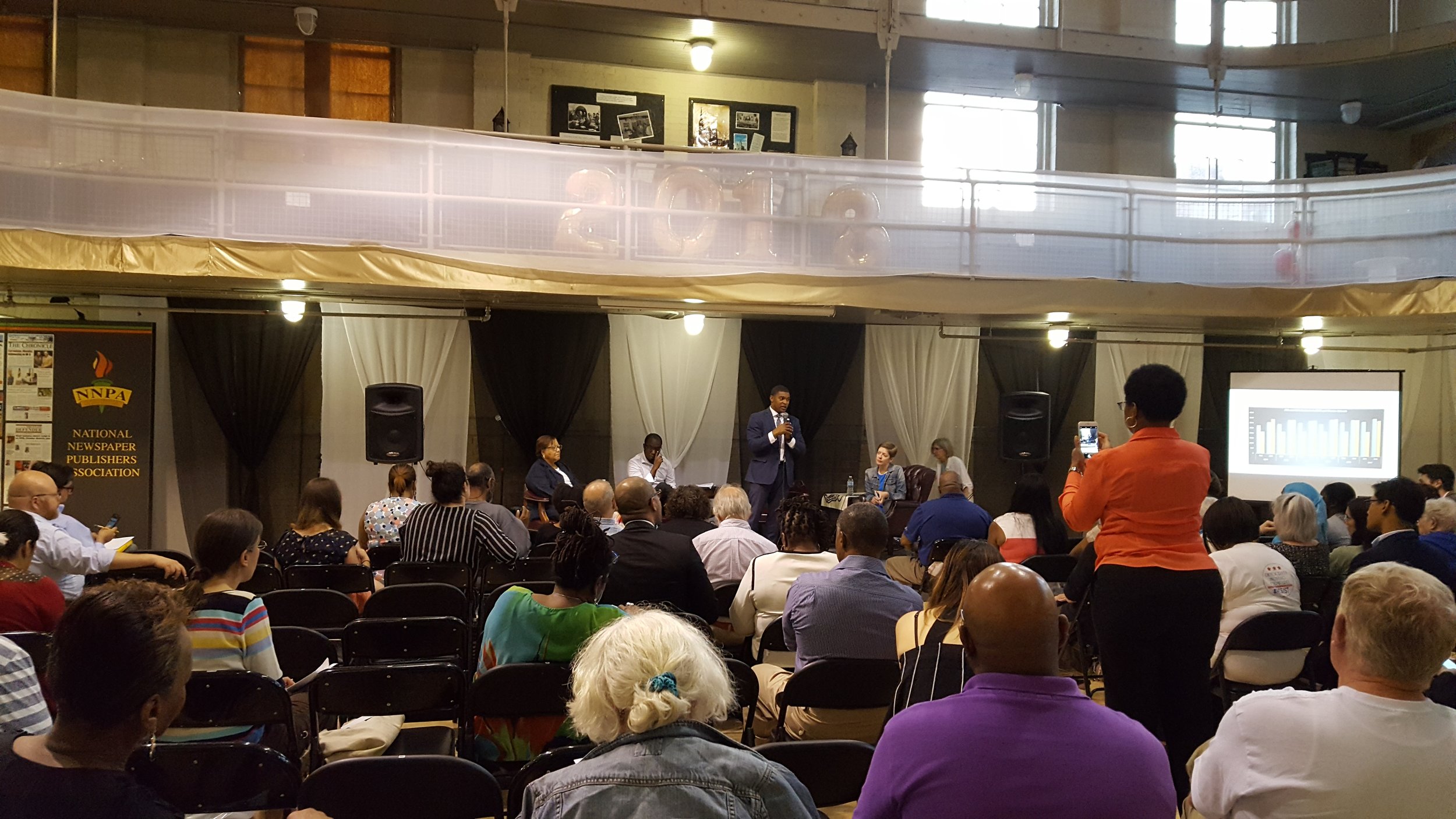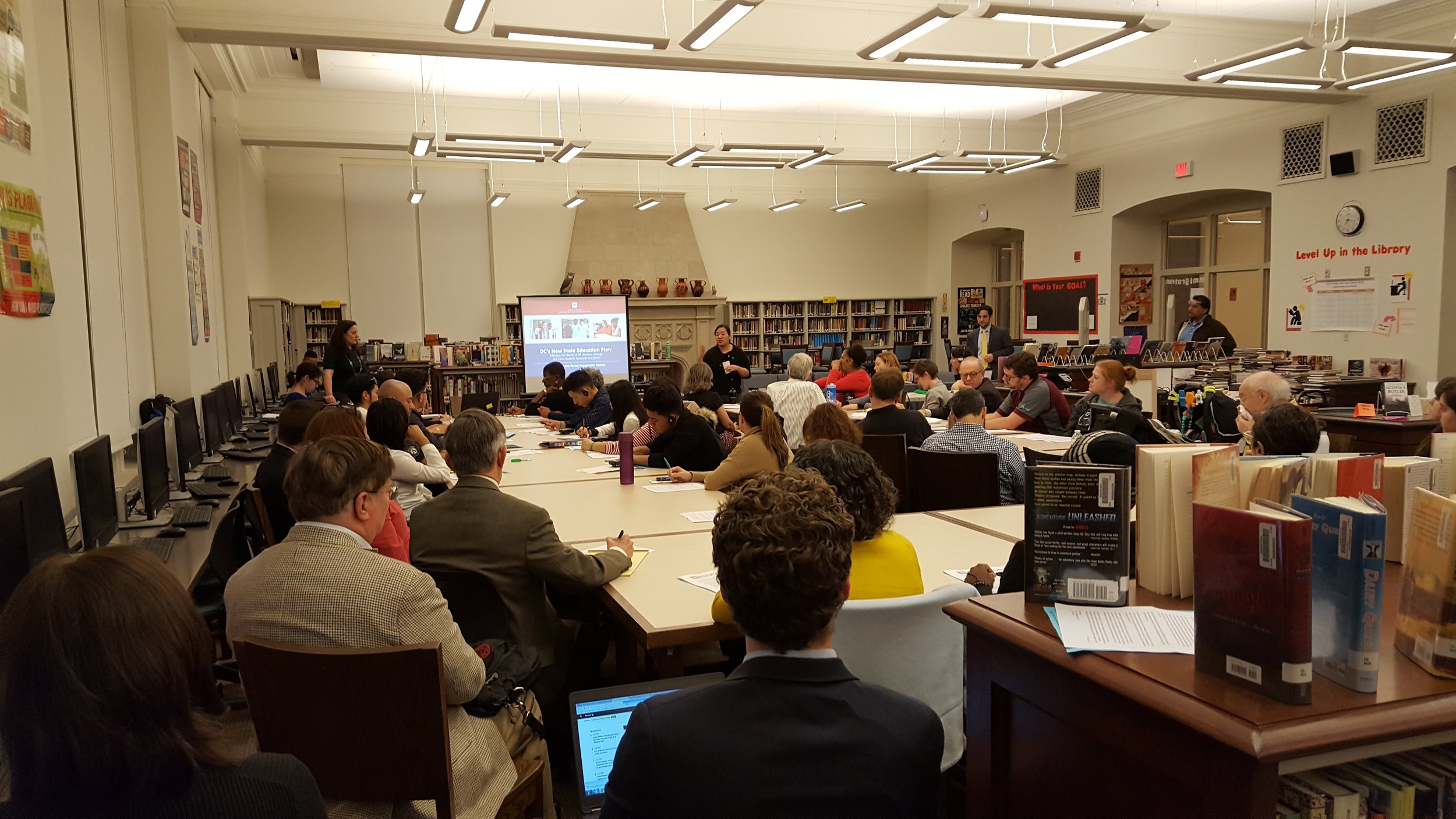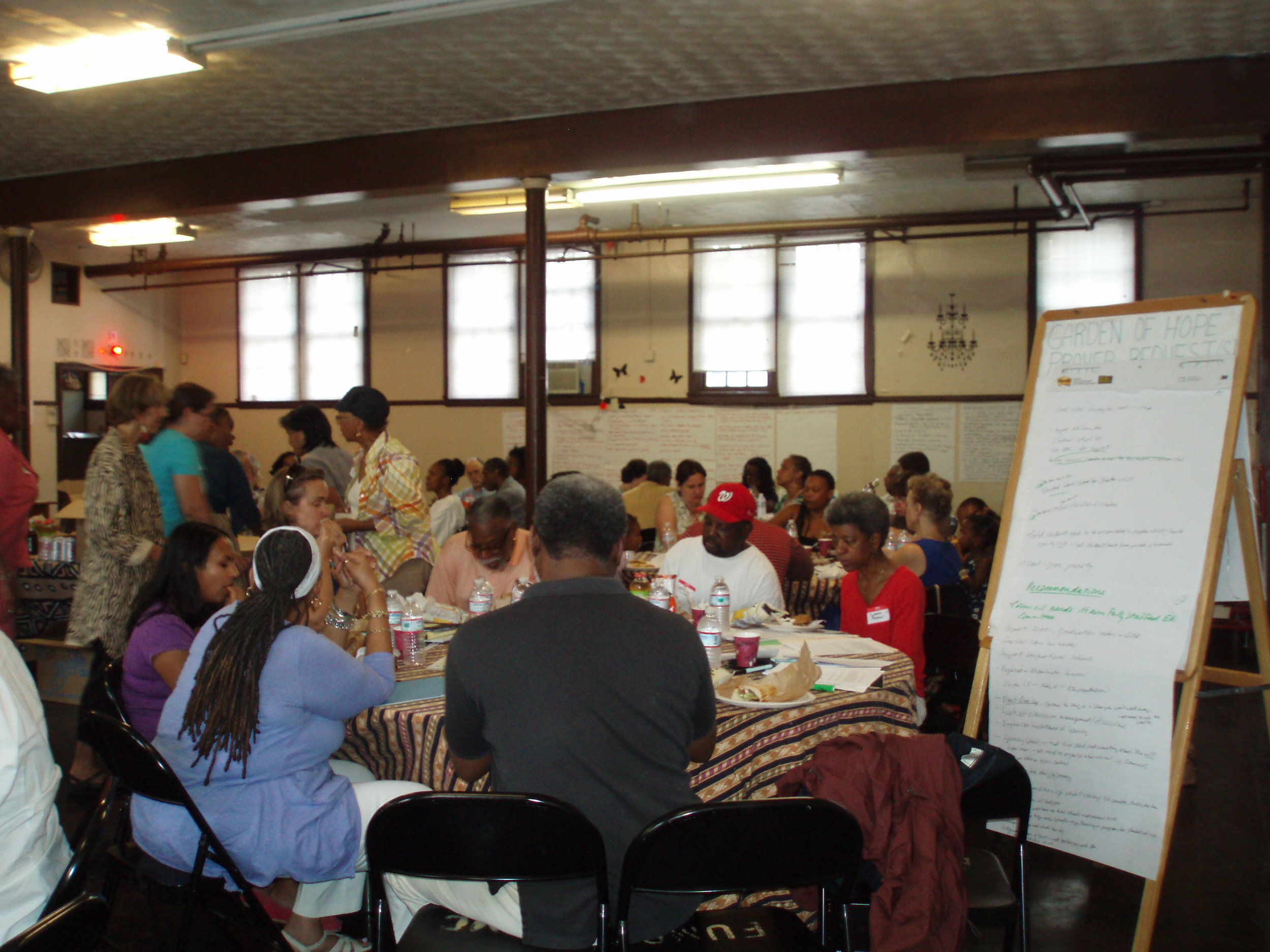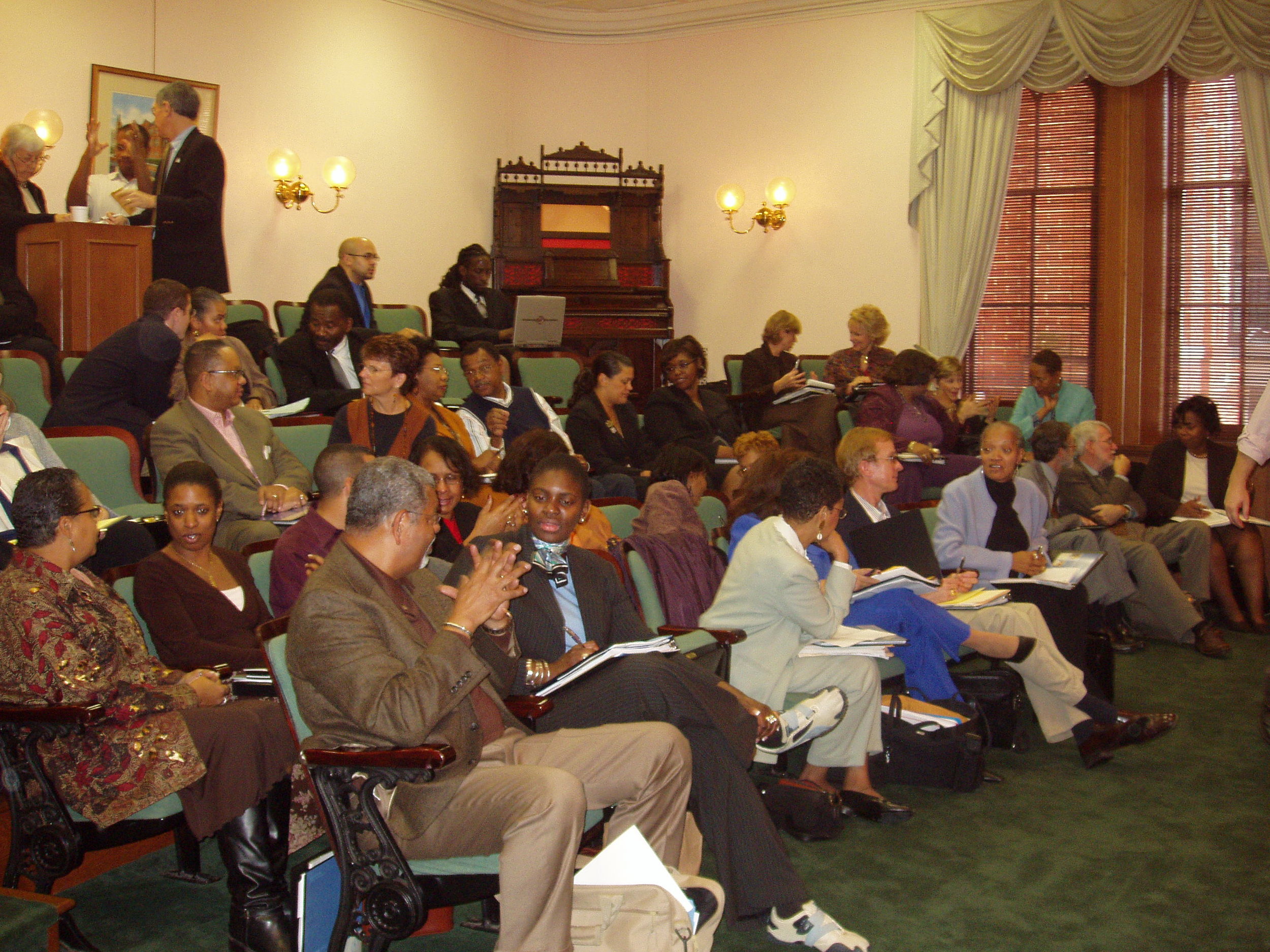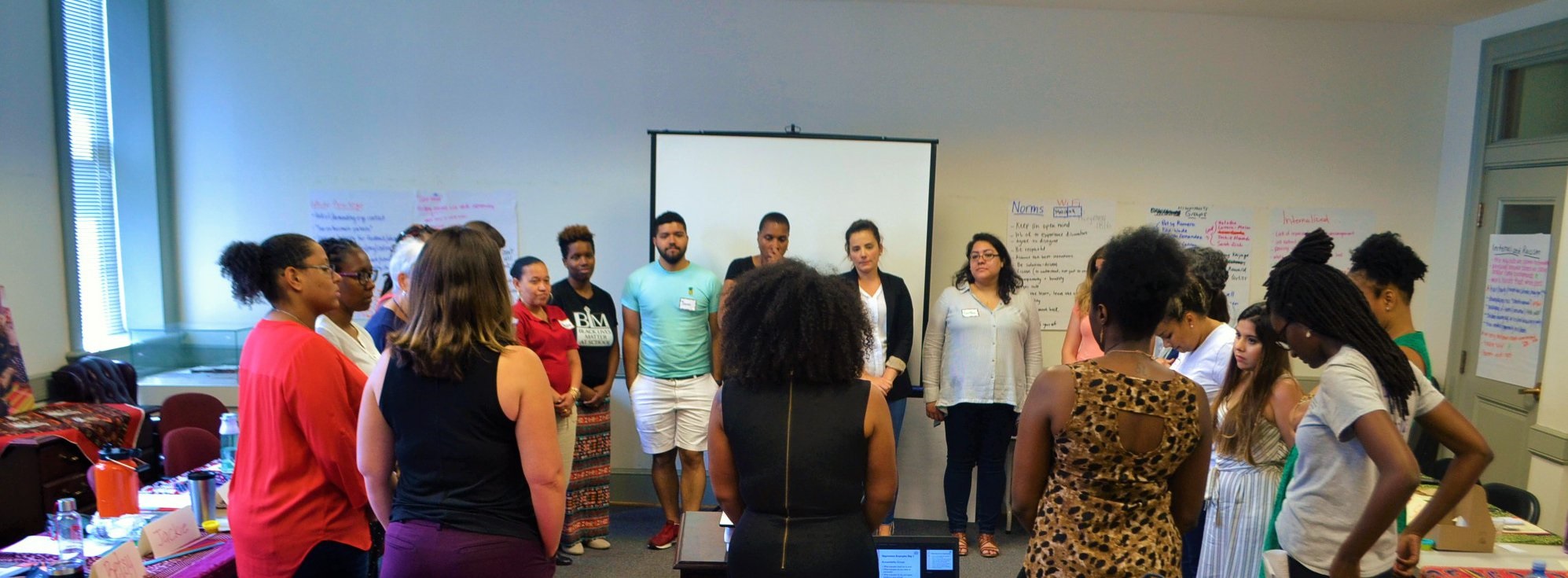PCSB Council Budget Hearing May 30, 2025 Valerie Jablow
/I am Valerie Jablow, a DC resident and education analyst, commenting on the mayor’s proposed budget with respect to charter facilities funds.
In the face of cuts to essential social services in DC in the proposed budget, it is imperative that DC ends the blank check that is annual per pupil facilities payments to DC charter schools. Over the last decade, DC has sent more than $1 billion in per pupil facilities payments to the dozens of nonprofits running DC charter schools.
Importantly, DC has no clear accounting of what that >$1 billion in facilities money was actually used for.
Below I have outlined the many expensive problems associated with such faith-based oversight of DC charter facilities payments—and offer some concrete solutions.
Problem: Overpayment of facilities funding to DC charters
The 12/23 adequacy study notes the following on p.18 of this link (p. 16 of the study itself, boldface mine):
"With CFRS data identifying LEA-reported costs of facility occupancy, the study team found that FY23 total budgeted charter building costs ($149M) was less than the amount allocated through the UPSFF charter facilities supplement funding ($169M). Charter facilities funding appears to be sufficient in total, but the distribution mechanism can be improved. Variability in the cost of buildings is high, and just over half of charter LEAs reported spending under $3,513 (the FY23 UPSFF facility supplement) on buildings, with acknowledgement that year-to-year funding can vary dramatically as LEAs may save up over time towards facility upgrades.”
That mismatch is a significant amount relative to total annual facilities funds. Moreover, such overpayment is not new. Current W3 council member Matt Frumin in 2020 testimony compared DCPS and charter coverage of maintenance and operations, calculating that DC charters were annually overpaid by millions for their facilities.
Available research suggests that DC is in a (small) minority of jurisdictions whose charters receive direct per pupil facility funding. The amount of DC’s funding also does not appear to be in line with national practices.
Per this document, in 2015 there were 15 states that provided direct, per pupil facilities allowances. This June 2019 article says that 18 states provide per pupil facilities funding and specifies which states (in table 2). Another article from 2024 says that 18 states have per pupil facilities allowances for charters—but doesn’t specify which.
This 1/24 article outlines advances charter advocates have made in a few states regarding getting funding for charter facilities—but it’s not necessarily per pupil.
Solution:
--Institute a one-off audit for FY26 that looks at the whole system of charter facility support by DC taxpayers. While an annual audit of charter facilities expenditures versus per pupil facilities funding would be ideal, that is neither fiscally practical nor timely.
—As part of that charter facilities funding audit, align DC charter facilities funding levels with those in comparable jurisdictions.
--To address this issue over time, incorporate charter facilities expenses into DC’s annual comprehensive financial report.
--Institute an annual reporting requirement for all charter per pupil facilities funds. DC taxpayers are entitled to know where several hundred million of their funds go annually in the charter sector. This also hews closer to the original idea of charters, which was to provide increased accountability for taxpayer $$.
Problem: Disconnect of charter facilities funds from need and value
Multiple charters have recently demonstrated they do not need the entirety of the facilities funds DC has given them for this purpose:
–In 2019, Rocketship applied to have a new Ward 5 campus, its third. Its application noted that eventually, the total facilities costs for all three of its DC campuses would amount to $6.5 million per year, for about 2100 students. The application noted that comes out to about $3068 per student–less than what the school expected to receive in per student charter facilities funds (in FY20, that was $3335 per student).
–In 2019 Meridian applied for a new location and noted they would be realizing about $500K per year beyond what they needed to make payments for leases. Specifically, the school noted that “costs are projected to be significantly below Meridian’s allowance. Meridian anticipates our per pupil facility costs for SY20-21 to be around $2600 per student, compared to a facilities revenue of $3460 per student, and this includes rent, occupancy, and debt service.”
--At the April 4, 2024 budget oversight hearing (at the 12:32:50 mark of the video), the leader of DC Wildflower decried a proposed zeroing out of the annual increase in the facilities allowance to charters because of “increases built into our lease.” Weeks later, at the April 22, 2024 charter board meeting, the same Wildflower staff member noted (starting at the 2:18:35 mark of the video) that the school was electing to fund renovations to its new facility in W8 without financing—and with the potential help of funding from the office of the state superintendent of education (OSSE)—in the wake of signing an 11-year lease.
–The Family Place bought a second property around the corner from its 16th St. NW site, which it also owns. The charter’s April 2024 application with the charter board to have that second location states that the purchase occurred in December 2023. Per the DC deed database, on March 20, 2024 the charter school got a grant from OSSE to help fund the purchase of that new property. The school apparently paid off its 16th Street location in 1993. The budget worksheet included with its application for the new location and facility showed little fiscal difficulty around the new location.
—Early in 2024, the Sojourner Truth charter school planned to purchase a large church building, and its April 2024 application to the charter board to locate there suggested no difficulty paying for it while simultaneously subletting part of the former Taft from Perry Street Prep.
Concomitant with that, DC charter assets have been growing by at least $40 million annually. While there is no direct line of this growth to annual increases in facilities payments, increases in assets are certainly helped by DC’s charter facility funds.
For instance, in the last decade both KIPP DC and DC Prep have purchased DC properties that they are not currently using for anything. They bought those properties with an idea that they would expand on them—then never did. Those properties now are simply investments untethered to the daily business those charters are supposed to be pursuing in DC. The majority of funding for both charters, and thus these purchases, comes from DC taxpayers.
The costs that DC taxpayers are underwriting for these properties go in many directions:
DC Prep paid >$100K in property taxes in just 4 years for the undeveloped W8 property it bought in December 2019 before it was awarded Wilkinson. The head of DC Prep promised to sell this property once they got a facility from DC—but DC Prep never did. (See the 2 hour, 52 minute, 40 second mark of the November 2019 charter board meeting video.) So DC Prep has spent $100K on an unused property—not on the kids it exists to educate.
While we cannot know for sure where all that money comes from, we do know a portion comes from DC taxpayers via facilities funds, which have increased every year. In May 2022, for instance, DC Prep’s board discussed investing almost $30 million in cash reserves (>10% of its operating budget then). A staffer noted at minute 39 of the DC Prep May 2022 board meeting video that DC Prep had at the time seen an extra $4 million annually, mainly due to “healthy increases in per pupil funding.”
Likewise, KIPP DC retains ownership of a 12 acre undeveloped W7 parcel not far from the former DCPS school Winston. KIPP DC bought that wooded parcel (behind Gainesville Street SE) from a developer for the purpose of creating a Hillcrest high school—then turned away from the plan after public protest. Ever since, the charter has simply held on to this parcel. In both cases, the plentitude of DC taxpayer money via per pupil facilities funds makes holding onto such undeveloped parcels easy.
There is the associated problem, which is that we do not know whether we are getting good value for charter per pupil facilities funds.
For instance, the inspector general’s (IG) report on the Healthy Schools Act a few years back documented frankly ugly facility problems in DCPS. But charters were not included in that independent IG analysis—so we have no idea about the quality of DC charter facilities. That means DC taxpayers have no good way to understand what they are directly paying for.
Solution:
--Stop facilities payments entirely to charter operators with more than $10 million in investments and savings. If you go back to the essence of education reform, DC should not be funding charter facilities in this manner at all.
--Limit facilities payments to charters by comparing income stream minus per pupil DC taxpayer funds to expenses and proportionally limiting facilities funds so that the ratio of income minus DC-provided funds to expenses is <10%. The idea behind per pupil funding is to level the playing field and make facilities attainable--not to enrich charters that have plenty of resources otherwise.
--Any LEA that raises funds beyond their annual DC per pupil funds should have those funds subtracted from expected facility payments to the LEA. This will ensure DC tax $$ for facilities do not enrich nonprofits.
--DGS must institute robust and publicly accessible tracking of rent payments; rent credits; and percentages owed DC of sublease rent for all DC-owned properties leased to charters. As I testified last year, DGS has no records for the last few years for any of this. That is a violation of the law—and ensures that DC taxpayers are not getting full value for their investment of tax $$ in facilities owned by DC and leased to charters.
--Require regular IG analysis of all publicly funded school facilities going forward.
—Prohibit any charters from holding DC real estate not immediately and directly used by that nonprofit for its own educational uses.
Problem: DC charter landlord gigs are fiscally inequitable
Some charters are using their real estate as investments by renting out property that they own (ie DC Prep, with a 10-year lease to DCPS for $1.4M/year for its building at 1409 V Street SE) or using their leased DC-owned property to sublet to another school (ie Perry Street Prep at Taft).
In the former case, this is essentially a gift of $14M from DC taxpayers to DC Prep—or what amounts to $2 million MORE than the building’s current assessed value.
In the latter case, leases for DC-owned property can specify (as that for Taft does) that a portion of sublet rent is paid to DC—but DGS apparently doesn’t track or collect it. There is also the related issue of DGS not tracking modernization credits for DC-owned properties rented to charters for $0 in exchange for those credits.
For instance, Digital Pioneers leases space for its middle school from Achievement Prep. That facility is the former DCPS school Draper, at 908 Wahler Place SE. Digital Pioneers’ lease specifies that it pays as rent to Achievement Prep all its per pupil facilities funding for that school.
But not only is Achievement Prep paying $0 in rent to DC in exchange for untracked modernization credit, but its lease of Draper does not appear to require it to pay anything to DC for its subletting space to Digital Pioneers.
Similarly, Statesmen is subletting space from Ingenuity Prep at the former PR Harris school, owned by DC and located at 4600 Livingston Road SE. The lease specifies that the school pays all its per pupil facilities funds for the space. Ingenuity is paying $0 rent to DC in exchange for modernization credits that are not tracked (I don’t know whether DC is entitled to a portion of this sublet income, as I don’t have the PR Harris lease with Ingenuity Prep).
Solution:
—Ensure that profits above expenses for all rentals of DC property charters own or sublet to other charters be turned over to DC.
--Alternatively, subtract all rental income of DC charters from their per pupil facilities allowance.
--As above, prohibit any charters from holding DC real estate as (only) an investment not immediately and directly used by that nonprofit for its own educational uses.
--Ensure DGS is collecting all it is due for all subletting by charters of DC-owned facilities and that all leases for DC-owned former DCPS schools specify a substantial percentage of sublet income to be paid to DC.
Problem: Per pupil facility funds in conjunction with DC revenue bonds encourage waste
DC revenue bonds are characterized as having no obligation to DC—but a charter that receives most of its funding from DC *will* entail DC ensuring its students are educated somewhere if the charter goes under. Because of the low-interest money they allow charters to access, revenue bonds encourage development in the charter’s interests first--and not necessarily ever in the interest of DC taxpayers. This easy money, underwritten by DC’s per pupil facilities payments, is all the more worrisome as 20% of DC charters are currently on the charter board’s fiscal monitoring list.
DC revenue bonds have even been used to renovate the same publicly owned building in a period of a few years by two different charters, Chavez and Meridian.
Chavez closed its campus at the DC-owned former Bruce school and allowed the building to remain empty for SY19-20 because it hoped to “monetize” the (DC-owned) building by way of its lease. Meridian then presented Chavez a “winning” bid for that lease, which included $2 million in cash, without taxpayers knowing how much of that bid was going toward paying off the remaining $22 million of Chavez’s DC revenue bonds (versus profit for the school). Taxpayers also could not know whether a new lease with new terms for that city-owned building would have provided a better return on investment for taxpayers (Meridian hinted it would merely assume the same lease terms Chavez had).
Among other things, Chavez’s revenue bonds were used to renovate the former Bruce school. The closure of Chavez there resulted in financial losses, such that Chavez eventually defaulted on its DC revenue bonds. But Meridian then got new DC revenue bonds to renovate the same building a few years later, after it had assumed the lease.
Similarly, when Sojourner Truth took over LAMB’s sublease of the DC-owned Taft school (leased by Perry Street Prep from DC and sublet by Perry Steet Prep to LAMB), it had to assume $3 million in debt. So whose debt on a DC-owned building is that $3 million—and why are DC taxpayers underwriting a private nonprofit’s debt on a publicly owned building? After LAMB sublet its space to Sojourner, it then got DC revenue bonds in 2020 for another space.
Solution
—Put a hold on all new DC revenue bonds to charters and have means testing for all charter school revenue bond applications.
—Use DC’s taxes raised this year to reduce debt load (ie paying off capital expenses or buying back bonds if possible).
